History
1906
Thomas Bailey comes to New York seeking a stronger base of support for the London-based Mission to Lepers in India and the East. At his urging, The Committee for the U.S.A. of the Mission to Lepers in India and the East, the organization that would become American Leprosy Missions, is founded in New York City by a group of seven ministers, mission executives and businessmen. The meeting takes place in the home of William Jay Schieffelin in New York City.
1911
William M. Danner appointed first full-time general secretary. He served in this capacity until 1937. Danner first worked out of an upstairs bedroom in his Cambridge, Massachusetts home.
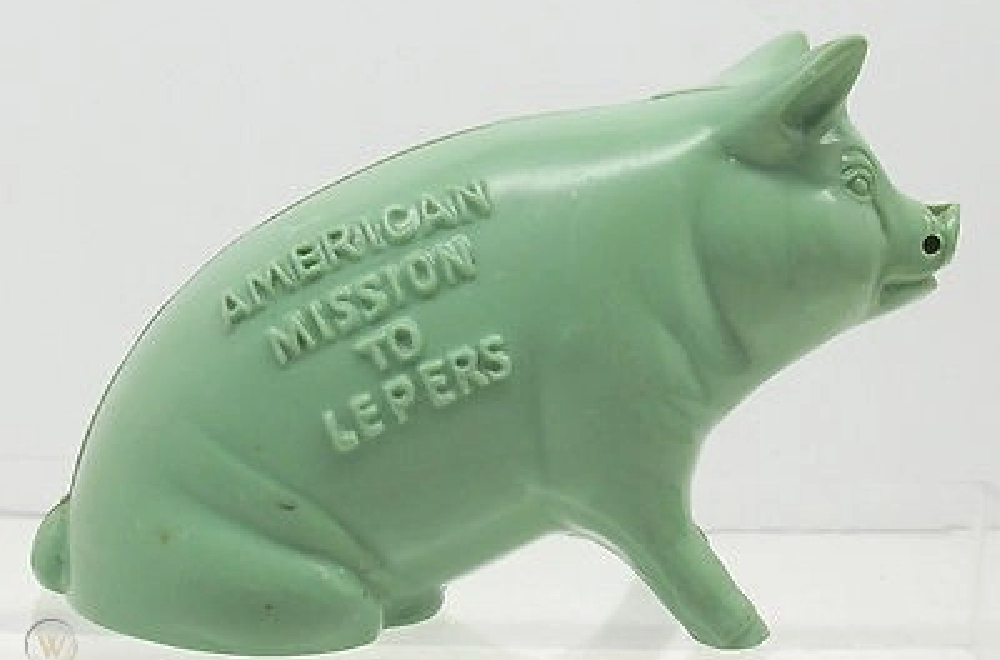
1906
The American Committee holds its first meeting. John Sinclair is elected chairman; William Jay Schieffelin, vice chairman; and Fleming H. Revell, treasurer.
1913
Ten-year-old Wilbur Chapman raises $25 for leprosy by purchasing a piglet, raising it and then selling it, beginning a “Pete the Pig” fundraising trend.
1906
The American Committee holds its first meeting. John Sinclair is elected chairman; William Jay Schieffelin, vice chairman; and Fleming H. Revell, treasurer.
1911
1913

1917
An act to establish a national leprosarium in Carville, Louisiana is passed by the U.S. Senate. Senate Bill number 4086 was introduced by William M. Danner, General Secretary of the American Mission to Lepers, Rupert Blue, MD, Surgeon General of the United States Public Health Service, and Senator Joseph E. Ransdell, Chairman of the Senate Committee on Health and National Quarantine.
1917
American Mission to Lepers is officially incorporated in the State of New York on July 31, 1917. Its offices move to 156 Fifth Avenue, New York, where it remained until 1960.
1947

1955
1975
1981
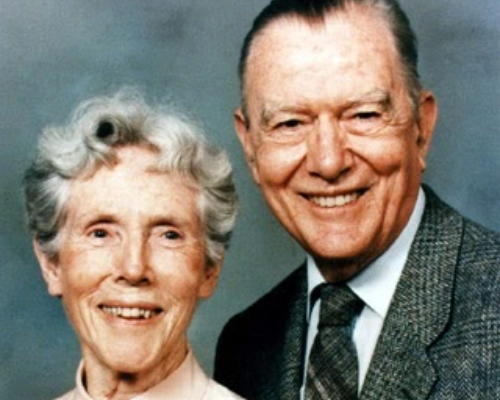
1990
2009
Peter Graves stars in the TV documentary
The Two Paths of Leprosy.
1946
1950
Dr. Eugene Kellersberger, general secretary from 1941-1954, presents a paper on social stigma at a two-day symposium on Hansen’s Disease at the New York Academy of Sciences.
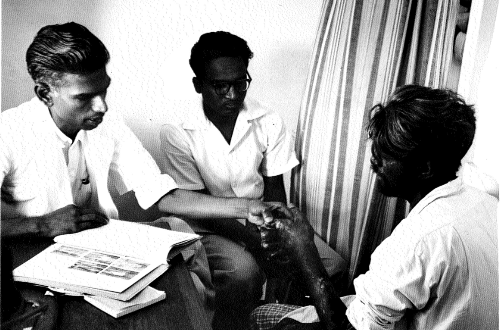
1960
1977
1989
Dr. Paul Brand, renowned hand surgeon, begins his service on the board of reference of American Leprosy Missions. C. Everett Koop, U.S. Surgeon General, joins the board of directors.
2002
1917
American Mission to Lepers is officially incorporated in the State of New York on July 31, 1917. Its offices move to 156 Fifth Avenue, New York, where it remained until 1960.
1946
Consultant Leprologist and Technical Medical Adviser Dr. Robert Cochrane pioneers leprosy drug treatment using the sulphone drug diasone.
1947
The American Mission to Lepers sends diasone to Britain because it has more financial resources than the local leprosy organization, the British Empire Leprosy Relief Association (BELRA).
1950
Effective January 1, 1950, the organization’s name is changed to American Leprosy Missions, Inc.
Dr. Eugene Kellersberger, general secretary from 1941-1954, presents a paper on social stigma at a two-day symposium on Hansen’s Disease at the New York Academy of Sciences.

1955

1960
The building on Fifth Avenue is sold, causing American Leprosy Missions headquarters to relocate to 297 Park Avenue South, New York.
1975
American Leprosy Missions joins ILEP (International Federation of Anti-Leprosy Organizations)
1977
American Leprosy Missions headquarters relocates to Elmwood Park, New Jersey.
1981
The organization receives the Damien-Dutton Award for making a significant contribution toward the conquest of leprosy.
1989

1990
Encouraged by Greenville businessman and board member Lloyd Auten, American Leprosy Missions relocates its headquarters from New Jersey to Greenville, South Carolina.
2002
American Leprosy Missions partners with the non-profit Infectious Disease Research Institute (IDRI) in Seattle, Washington to find a leprosy-specific vaccine.
2009
Peter Graves stars in the TV documentary The Two Paths of Leprosy.
2010
Research funded by American Leprosy Missions reveals connection between nine-banded armadillos and leprosy in the Southern U.S.
Radio and television personality Art Linkletter serves as the national spokesman for American Leprosy Missions.
2012
American Leprosy Missions endorses the London Declaration on Neglected Tropical Diseases, a collaborative effort focused on addressing the neglected diseases burden for 10 diseases, including leprosy.

2014
The organization sends 5,600 personal protection kits and $1.6 million worth of essential medicines and medical supplies to Liberia to help fight Ebola.
2019
Phase 1a clinical trial of the world’s first leprosy-specific vaccine, known as LepVax, is successfully completed. The study showed that the vaccine was extremely safe and resulted in no serious adverse events. The FDA recommends that the LepVax candidate proceed to the next phase of clinical trials.
2010
David (Bill) Simmons becomes president and CEO.

In September 2012, the Leonard Wood Memorial merges with American Leprosy Missions.
2013
American Leprosy Missions helps form The Leprosy Research Initiative, a collaborative venture among anti-leprosy organizations to establish a joint fund to support leprosy research.
2015
American Leprosy Missions launches a pilot program in Myanmar, in partnership with the Novartis Foundation, to stop the transmission of leprosy with a single dose of antibiotics.
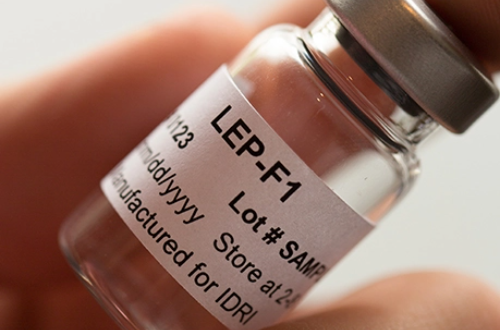
2020
American Leprosy Missions partners with Biomeme, Inc. to develop and commercialize hand-held point-of-need PCR testing solutions for combating infectious diseases like neglected tropical diseases (NTDs) and COVID-19.
Pioneering HARP database launches, improving outcomes for people affected by leprosy by informing impacts of mutations on drug resistance.
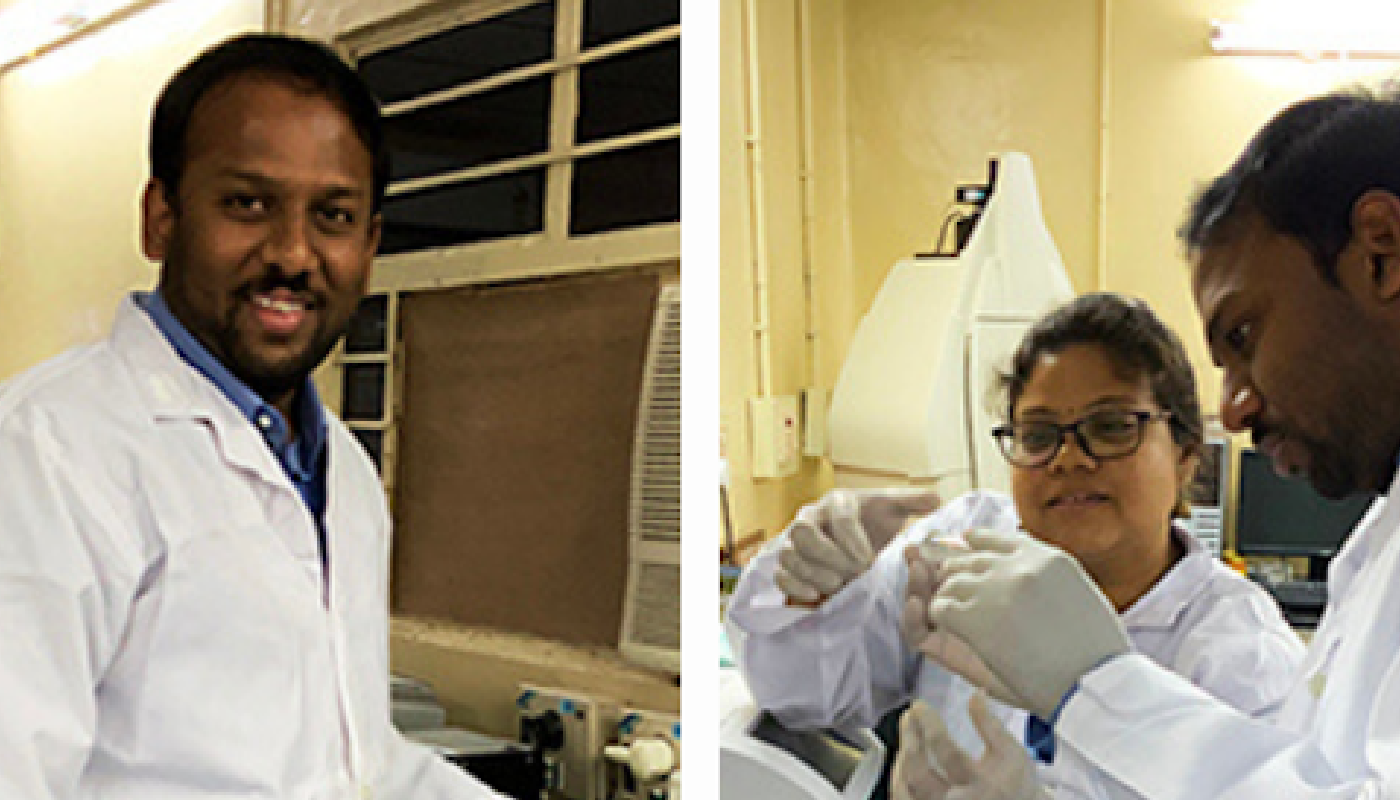
2010
David (Bill) Simmons becomes president and CEO.
2012
American Leprosy Missions endorses the London Declaration on Neglected Tropical Diseases, a collaborative effort focused on addressing the neglected diseases burden for 10 diseases, including leprosy.
In September 2012, the Leonard Wood Memorial merges with American Leprosy Missions.

2013
American Leprosy Missions helps form The Leprosy Research Initiative, a collaborative venture among anti-leprosy organizations to establish a joint fund to support leprosy research.

2014
The organization sends 5,600 personal protection kits and $1.6 million worth of essential medicines and medical supplies to Liberia to help fight Ebola.
2015
2019
Phase 1a clinical trial of the world’s first leprosy-specific vaccine, known as LepVax, is successfully completed. The study showed that the vaccine was extremely safe and resulted in no serious adverse events. The FDA recommends that the LepVax candidate proceed to the next phase of clinical trials.

2020
American Leprosy Missions partners with Biomeme, Inc. to develop and commercialize hand-held point-of-need PCR testing solutions for combating infectious diseases like neglected tropical diseases (NTDs) and COVID-19.
Pioneering HARP database launches, improving outcomes for people affected by leprosy by informing impacts of mutations on drug resistance.
